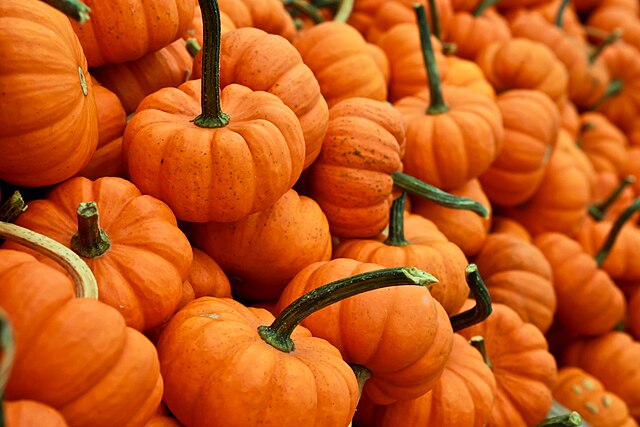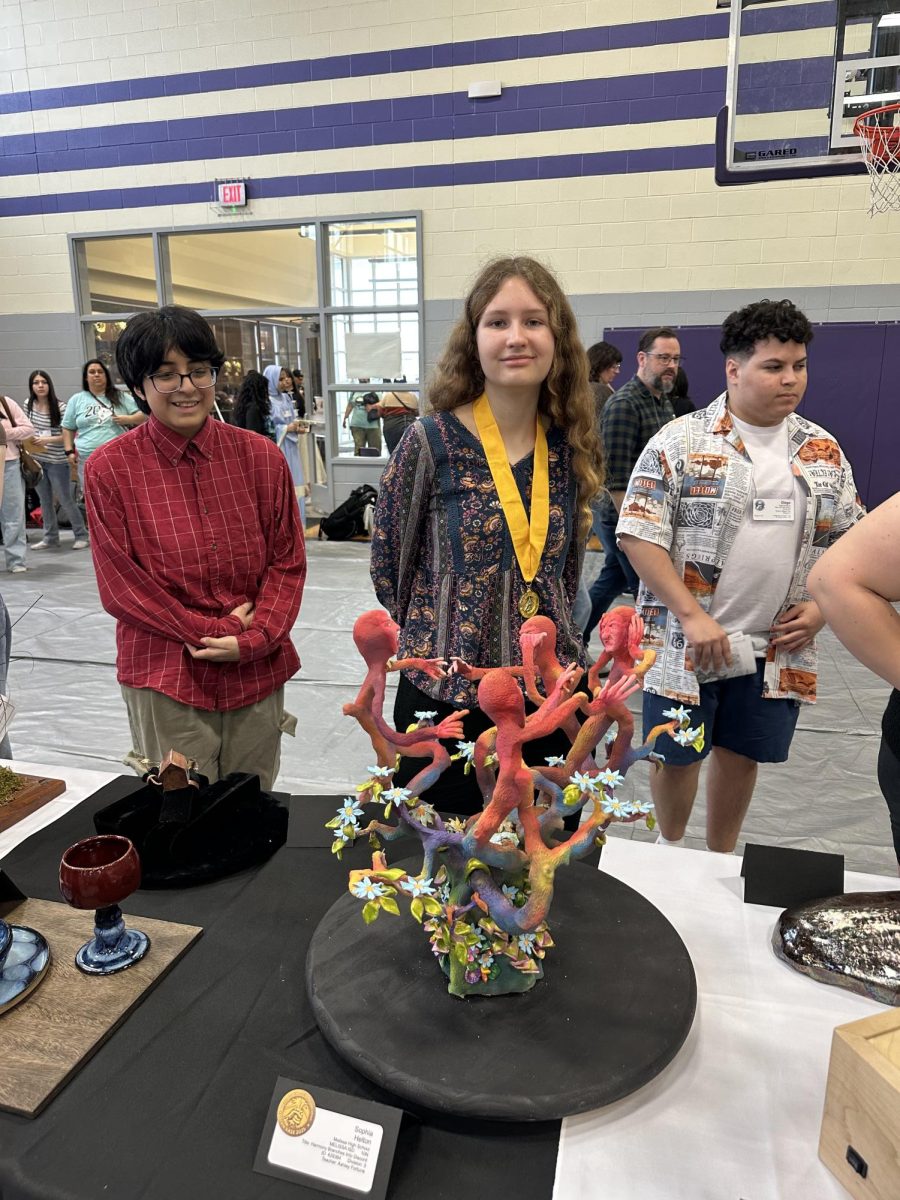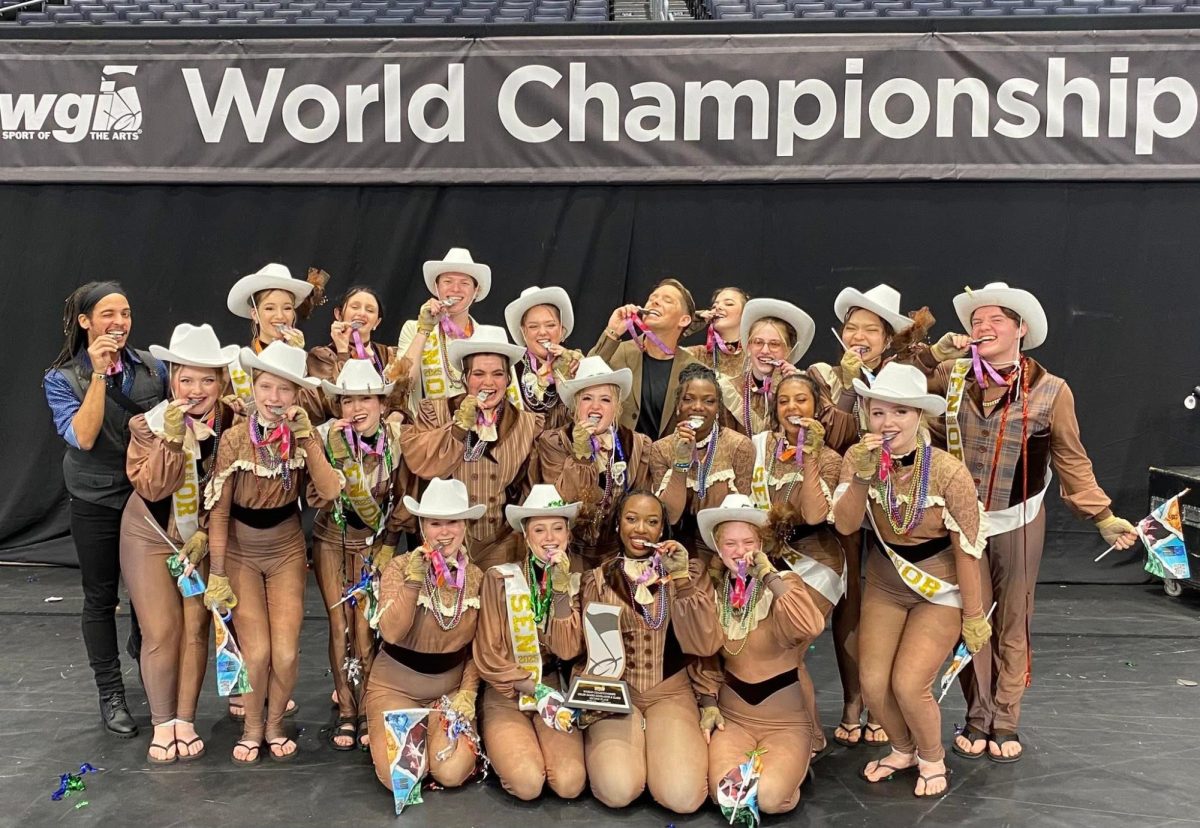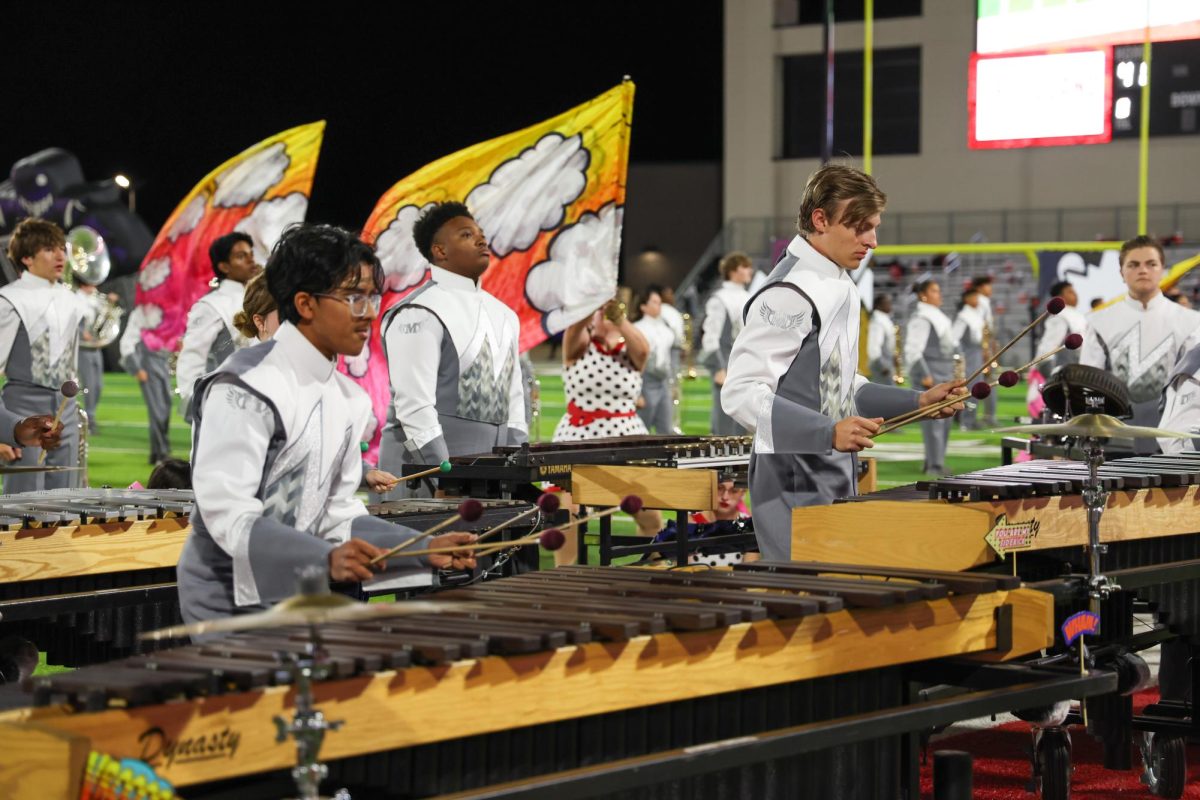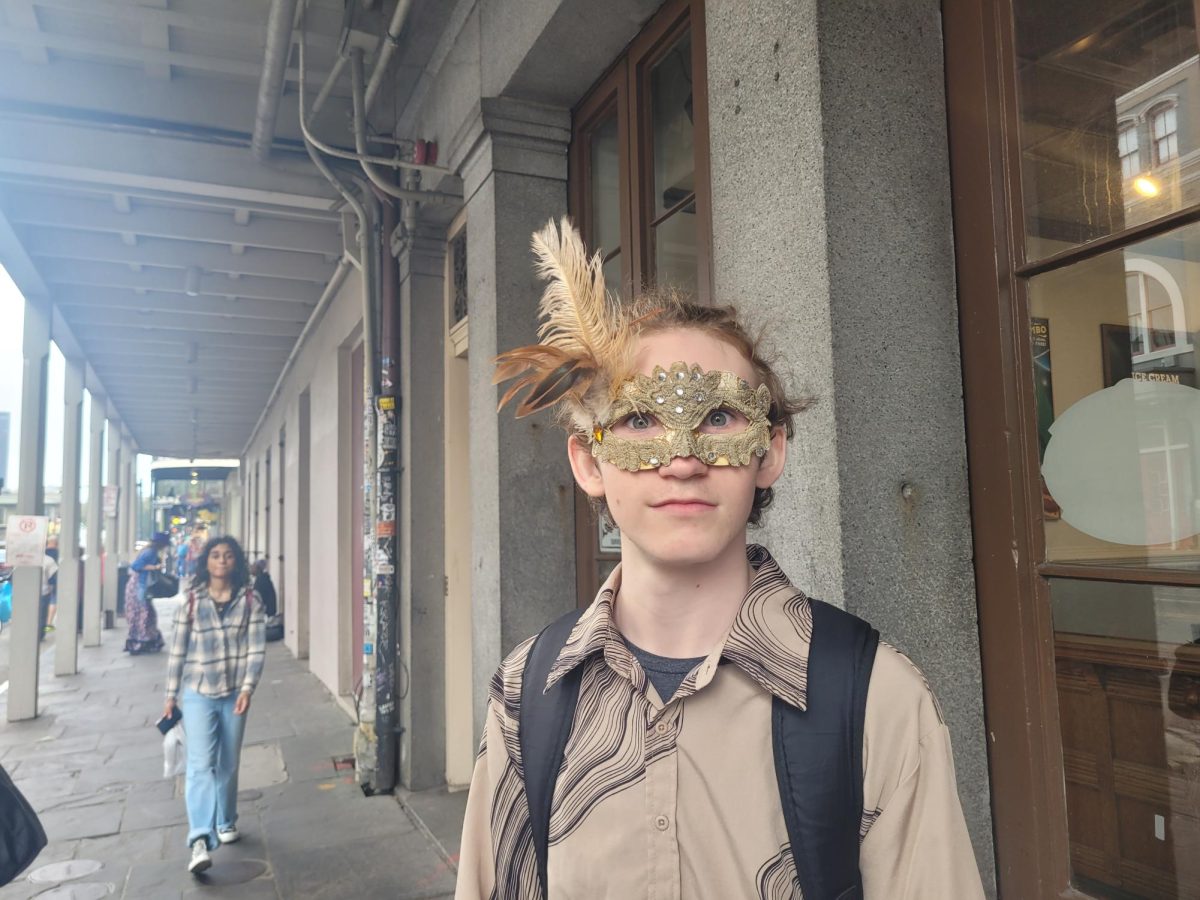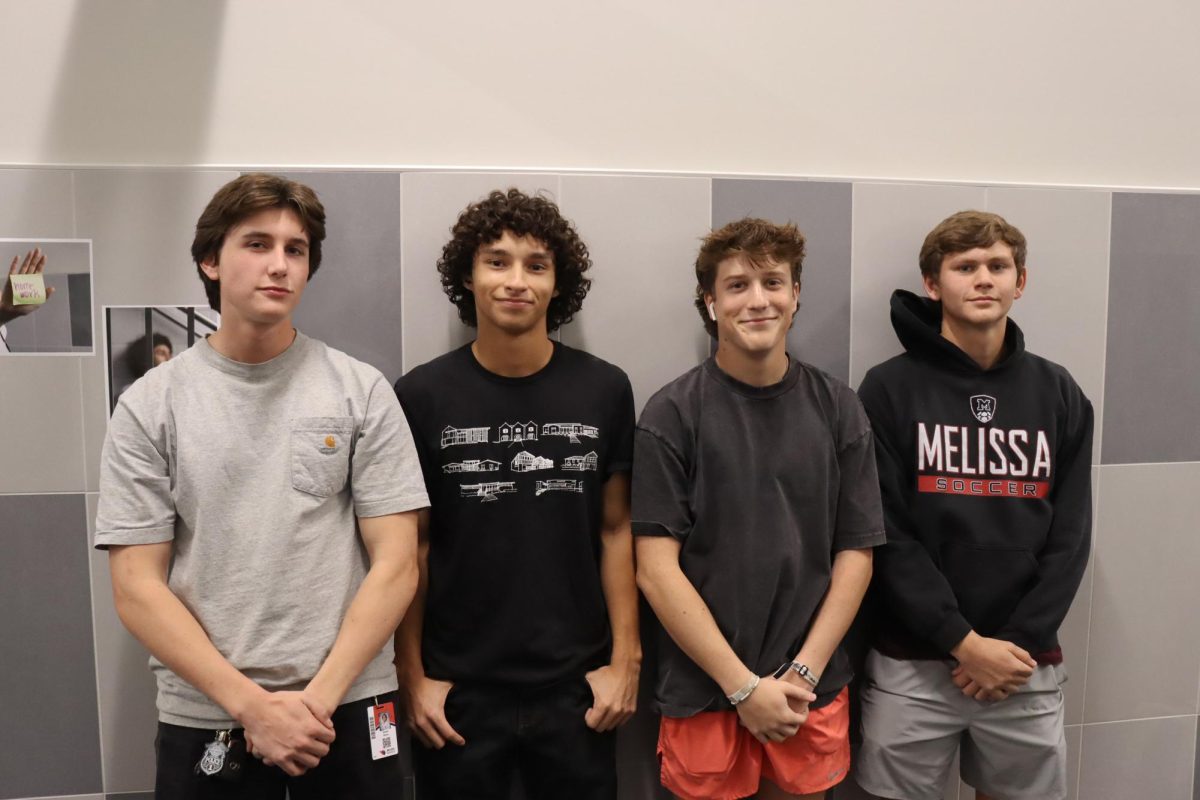Halloween is a holiday many have come to know growing up with festivities of trick-or-treating until late, eating lots of candy, and getting a good scare out of your friends. However, only a few know about the origin of Halloween and how it came to be. Halloween is commonly confused with Día de los Muertos or All Saints Day. Still, over the years, Halloween has become a celebration of multiple cultures and their influences on individual holidays.
Timeline:
The holiday started with Samhain, the date halfway between the Fall Equinox and the Winter Solstice, which meant it was time to harvest the yearly crop. Many believed the people of the spirit world could pass over on this day and many dressed as animals or creatures to make sure fairies didn’t take them away. There was a celebration for harvesting the crops at the end of the day.
7th Century:
The Catholic Church established the first of November as All Saints Day; this day was also called All-Hallows or All-Hallowmas. This day was made to pay tribute to all of the saints in the church. Over time, this holiday was given a twin: All Souls Day on November 2. This day was a time to honor those who had passed. Eventually, the eve of All Saints Day, also called All Hallows Eve, changed to what we now know as Halloween.
Middle Ages:
Starting in England and Ireland, those who were poorer during these celebrations would take mini “Soul Cakes” in return for promising to pray for the owners’ dead relatives. This was known as “Souling.” Children later joined this practice and went door to door, asking for gifts and food. This was the earliest form of trick-or-treating.
Nineteenth Century:
Jack-o-lanterns started joining the tradition based on a story tale called “Stingy Jack.” Jack had tricked the devil and was forced to roam the earth with nothing but coal burning in a turnip. People then carved scary faces into potatoes and pumpkins to keep away Jack and similar scary spirits.
Halloween also started coming to the U.S. With it came the second part of the phrase we use to ask for candy. Many tricks were used for this holiday such as simply knocking over outhouses and moving livestock to the roof. Over time, random acts of vandalism became very common.
1930s:
Haunted Houses started to pop up around this time in the U.S. due to the Great Depression, causing violence on Halloween to reach all-time highs. Parents became worried for the safety of their children and decided to make safer places like haunted houses and trick-or-treat trails.
1950s:
Halloween costumes became part of the tradition by beginning to take the form of things children tend to love, like TV shows and movies. Eventually, the costumes started to become mass-produced and more affordable to consumers, which made them even more specific to well-known things such as zombies or mummies.
1980s:
Halloween candy is a loved part of this holiday, where many fight over who has the most or which one is the best; however, there have been concerns about poisoned candy. There haven’t been many cases, only one in fact. In 1974, Ronald Clark O’Byran gave five Pixy Stix to his son, daughter, two neighboring children, and a child he recognized from church. That night, his son, Timothy O’Bryan, wanted to have the Pixy Stick for dessert. After eating, he complained about an extremely sour taste and later, he ran to the bathroom and started to vomit and convulse, and then he died in his father’s arms. Thankfully, no other children ate the potassium-cyanide-laced sticks, later confiscated by the police.
Since then, there have been concerns about poisoned candy, which is rare. But just to make sure, parents should always check for holes in candy wrappers, discoloration, and be careful of homemade products.



